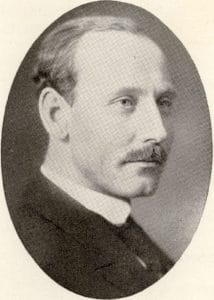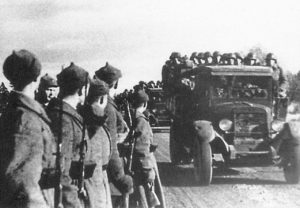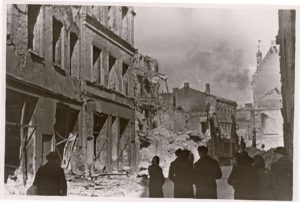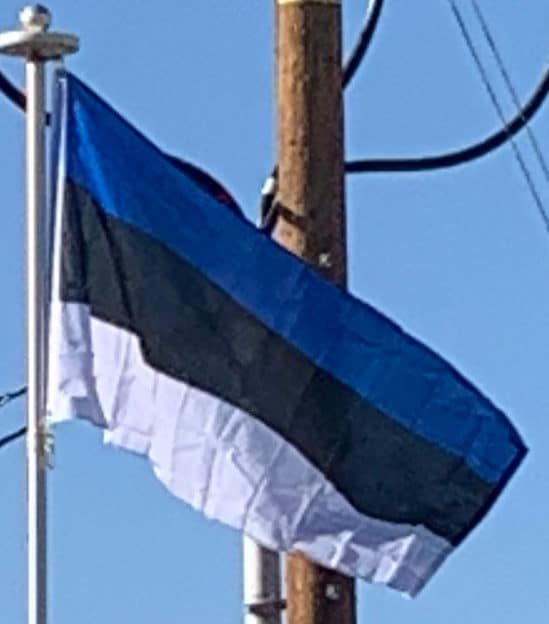
Estonia joined the League of Nations in 1921. Attempts to establish a larger alliance together with Finland, Poland, and Latvia failed, with only a mutual defense pact being signed with Latvia in 1923, and later was followed up with the Baltic Entente of 1934. In the 1930s, Estonia also engaged in secret military co-operation with Finland. Non-aggression pacts were signed with the Soviet Union in 1932, and with Germany in 1939. In 1938, Estonia declared neutrality, but this proved futile in World War II.
Second World War:
On 23 August 1939 Germany and the Soviet Union signed the Molotov–Ribbentrop Pact. The pact’s secret protocol divided Eastern Europe into spheres of influence, with Estonia belonging to the Soviet sphere. On 24 September, the Soviet Union presented an ultimatum, demanding that Estonia sign a treaty of mutual assistance which would allow Soviet military bases into the country. The Estonian government felt that it had no choice but to comply, and the treaty was signed on 28 September. In May 1940, Red Army forces in bases were set in combat readiness and, on 14 June, the Soviet Union instituted a full naval and air blockade on Estonia. On the same day, the airliner Kaleva was shot down by the Soviet Air Force. On 16 June, Soviets presented an ultimatum demanding completely free passage of the Red Army into Estonia and the establishment of a pro-Soviet government. Feeling that resistance was hopeless, the Estonian government complied and, on the next day, the whole country was occupied. On 6 August 1940, Estonia was annexed by the Soviet Union as the Estonian SSR.

The Soviets established a regime of oppression; most of the high-ranking civil and military officials, intelligentsia and industrialists were arrested, and usually executed soon afterwards. Soviet repressions culminated on 14 June 1941 with mass deportation of around 11,000 people to Siberia, among whom more than half perished in inhumane conditions. When the German Operation Barbarossa started against the Soviet Union on 22 June 1941, around 34,000 young Estonian men were forcibly drafted into the Red Army, fewer than 30% of whom survived the war. Soviet destruction battalions initiated a scorched earth policy. Political prisoners who could not be evacuated were executed by the NKVD. Many Estonians went into the forest, starting an anti-Soviet guerrilla campaign. In July, German Wehrmacht reached south Estonia. Soviets evacuated Tallinn in late August with massive losses, and capture of the Estonian islands was completed by German forces in October.

Initially many Estonians were hopeful that Germany would help to restore Estonia’s independence, but this soon proved to be in vain. Only a puppet collaborationist administration was established, and occupied Estonia was merged into Reichskommissariat Ostland, with its economy being fully subjugated to German military needs. About a thousand Estonian Jews who had not managed to leave were almost all quickly killed in 1941. Numerous forced labour camps were established where thousands of Estonians, foreign Jews, Romani, and Soviet prisoners of war perished. German occupation authorities started recruiting men into small volunteer units but, as these efforts provided meagre results and military situation worsened, a forced conscription was instituted in 1943, eventually leading to formation of the Estonian Waffen-SS division. Thousands of Estonians who did not want to fight in German military secretly escaped to Finland, where many volunteered to fight together with Finns against Soviets.
